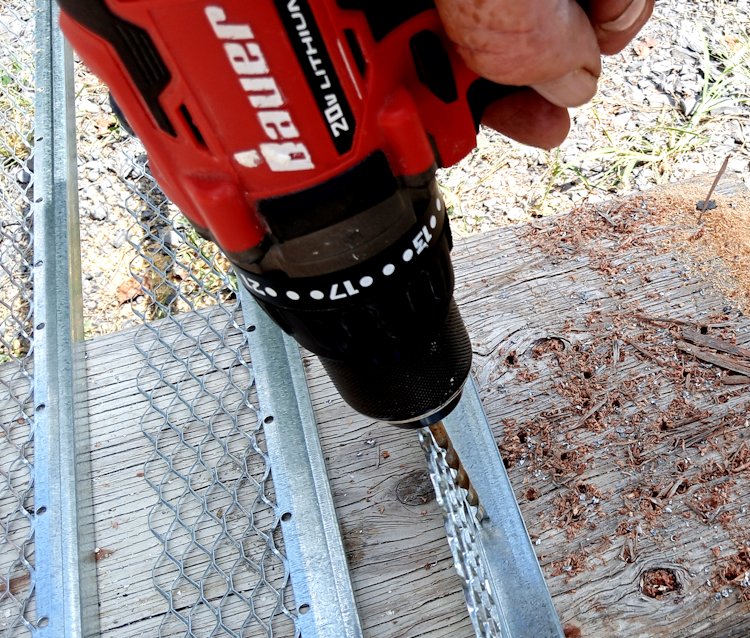More about weeps
Hi,
I live in southern California. My stucco home was built in 1957, and the stucco along the bottom 12 inches of 2 walls of the house has been eroded by ground water from poor drainage and poor maintenance. The backyard slopes very slightly toward the house. I received a recommendation that I remove a raised concrete walkway abutting the side of the house and install a French drain. The next recommendation was to remove the lower 1' of stucco and install a weep screed before re-stuccoing. I have had a difficult time finding contractors to do this. The one that I hired is using a sub who now says that my stucco is not thick enough to allow for installation of a weep screed, and that with the french drain, it should not be necessary anyway. I assume it is not advisable to make the stucco at the bottom thicker than the rest of the house in order to accommodate the weep screed.
My questions are: Can a weep screed be retrofitted on a house of this age? Will I be making a big mistake by not installing one? How can I determine whether the contractor is using EIFS or Portland cement stucco? I never heard of EIFS until I went to your website. What do I need to watch out for in having only this portion of stucco replaced?
Thank you very much for your time.

Here weep holes are drilled in casing bead. Weep screeds aren't really necessary for a weep at the bottom of the wall unless the bottom is on a slab.

A foundation weep screed.
Note how the flange at the top is flashing to cover the join between the wood framing and the concrete slab. This prevents any water that penetrates the stucco from sitting on the slab and rotting the sill plate, or the horizontal two by four at the bottom of the wall. If you don't need to flash a foundation, a casing bead works fine.
Weep screeds and casing beads come in different sizes. The most popular sizes are 1/2" and 3/4". The size, or thickness of the screed should be less than the wall thickness. Finding a screed or a casing bead the right size should be no problem.
Having a weep at the bottom isn't 100% necessary, because water will run into the dirt anyway. There is no doubt that the weep improves drainage and shouldn't be difficult to find or put in.
Weeps are usually narrower than the wall thickness anyway. Usually the wall is filled out to a 3/4" thickness. The finish coat comes out past the edge and the mortar at the bottom is cut off flush with the bottom of the weep.
It seems you need to look for someone else to do this.
EIFS is some horrible stuff. EIFS is white styrofoam stuck on the wall covered with a thin layer of a fake finish. You can spot the white styrofoam easily.